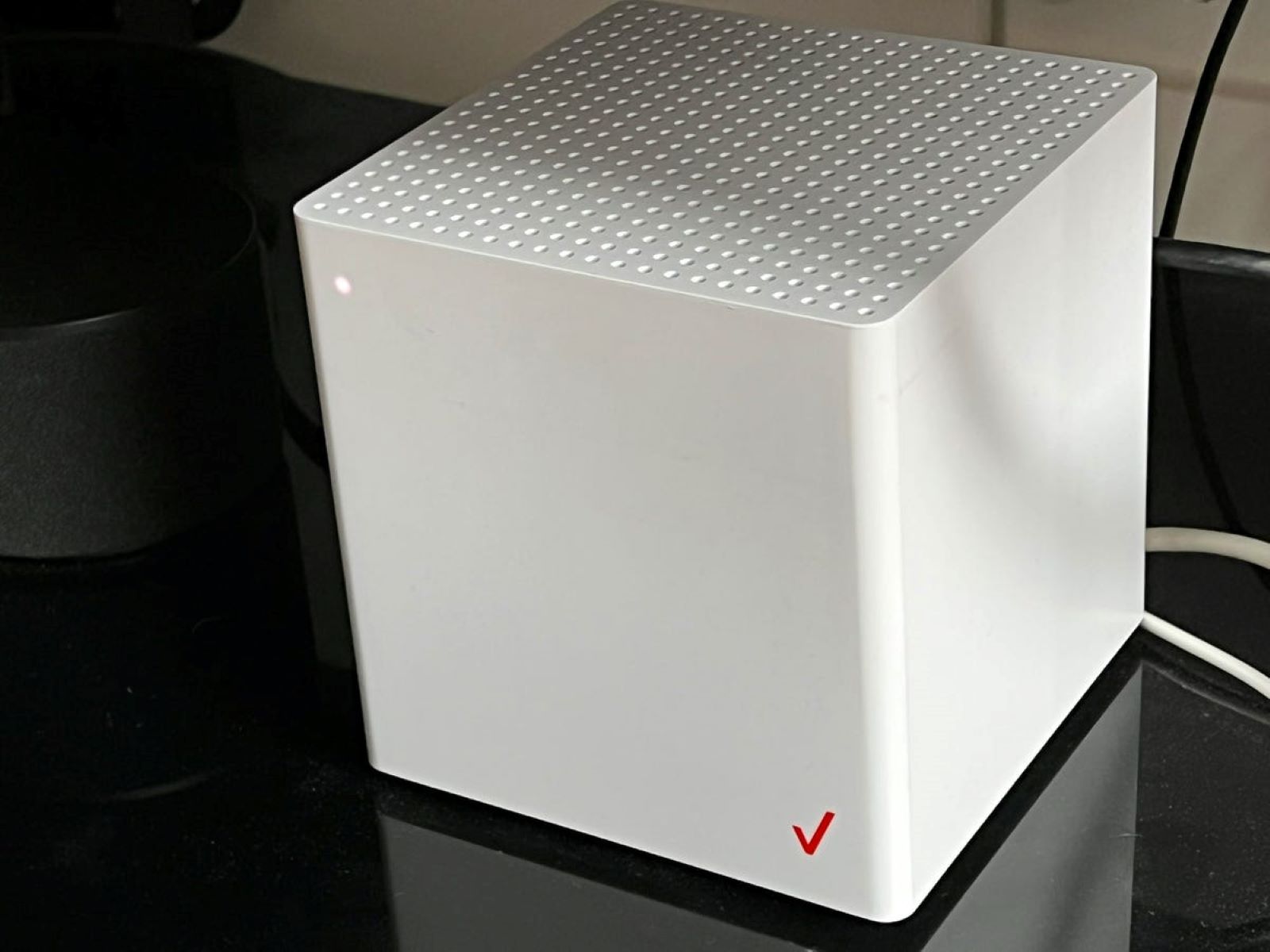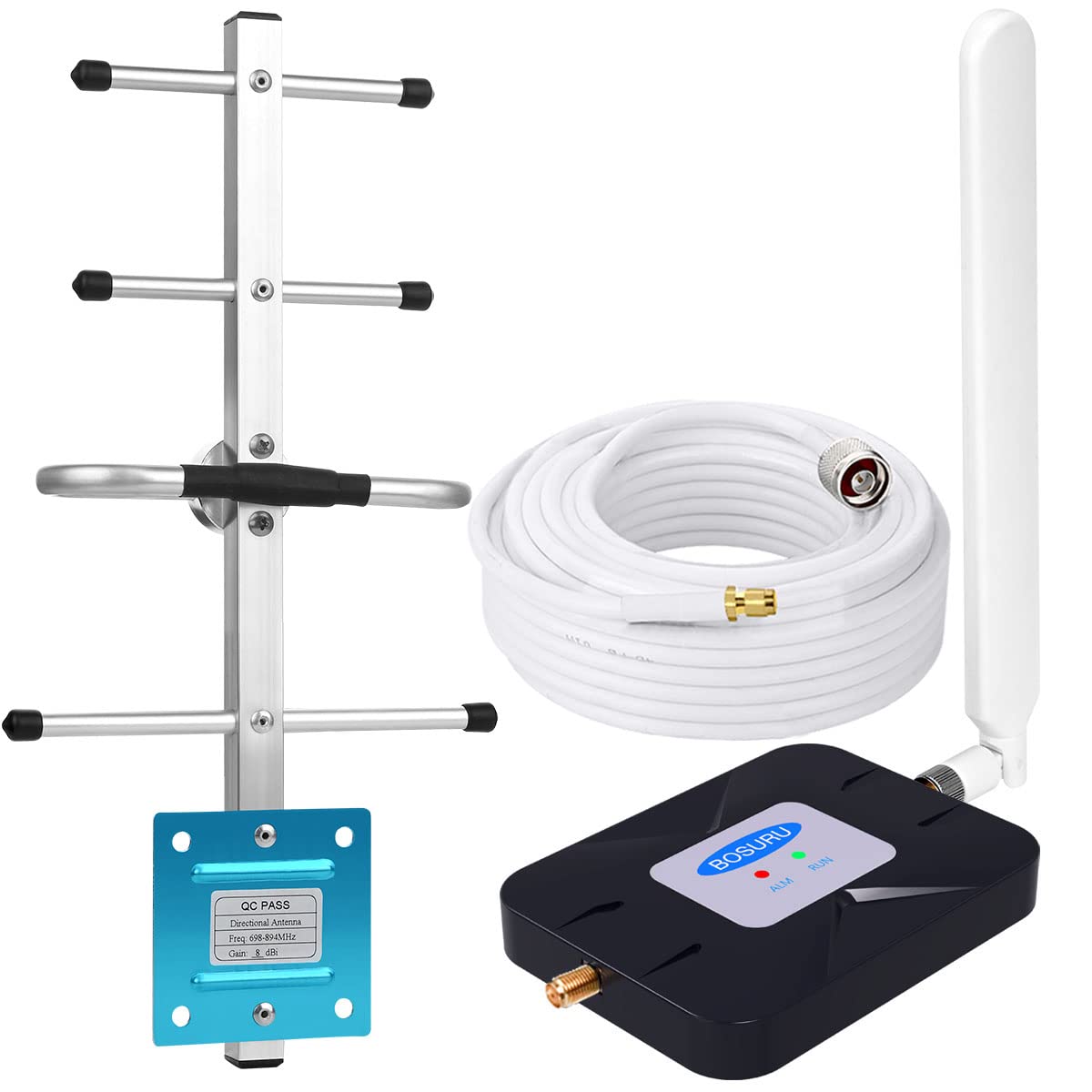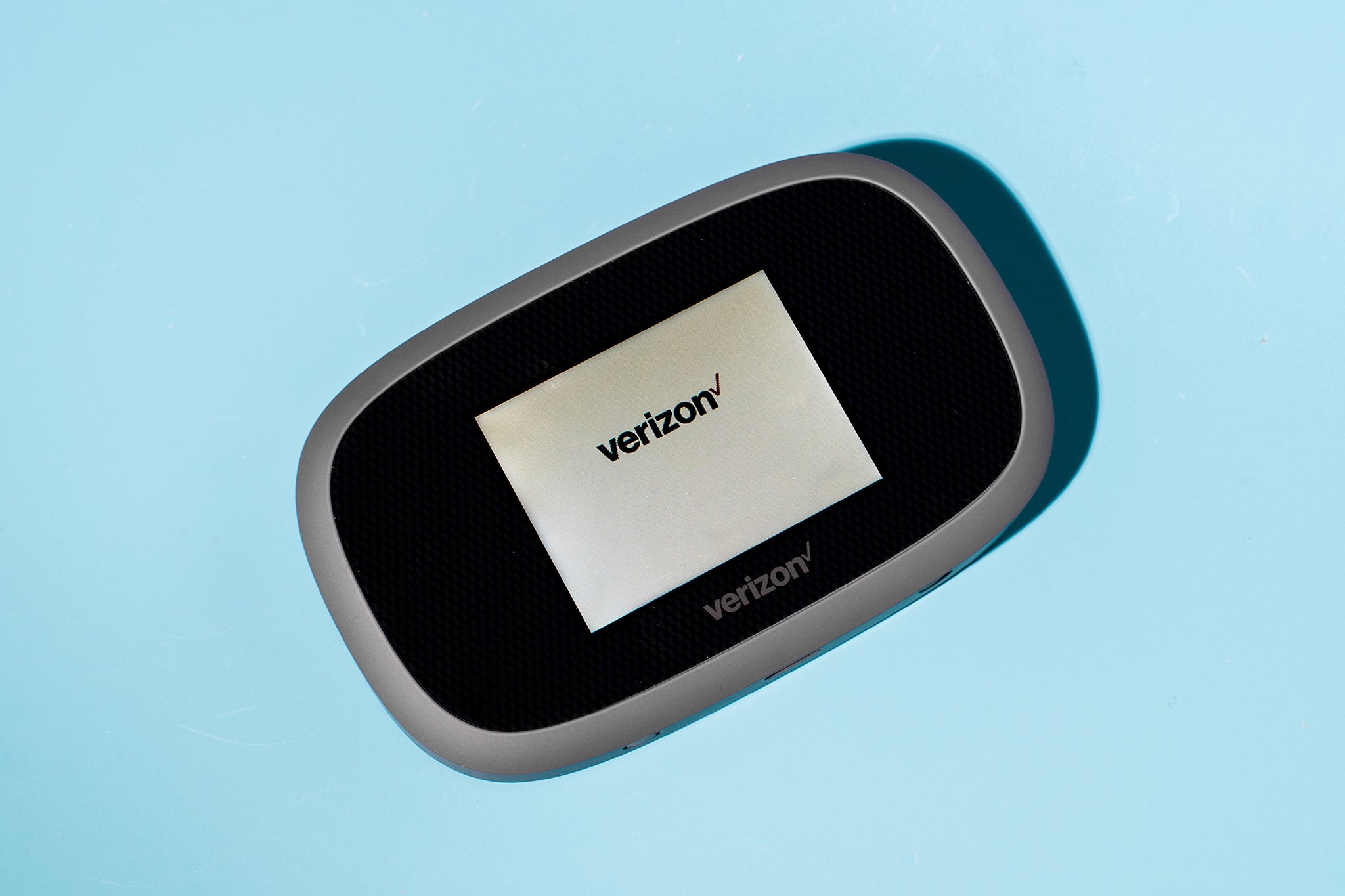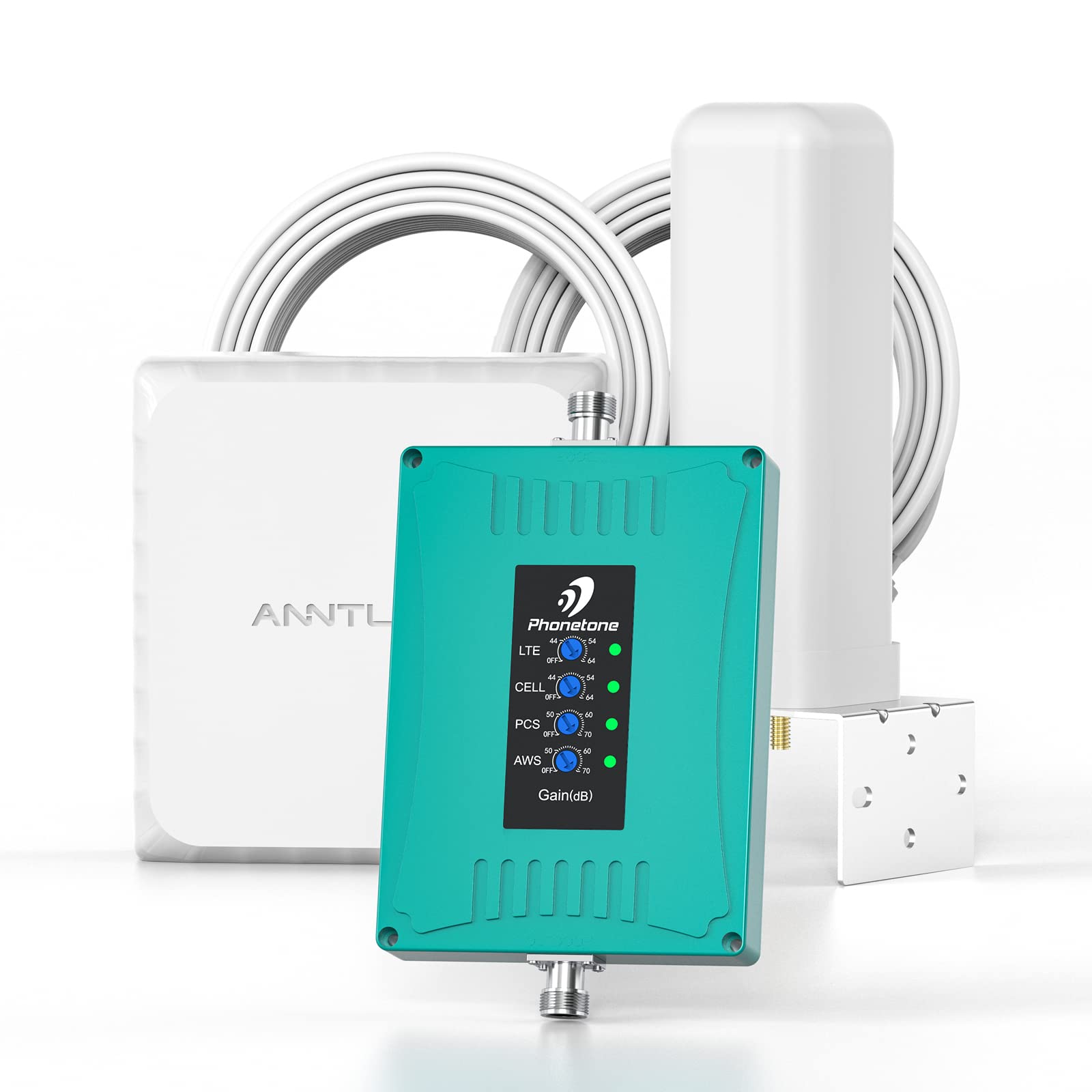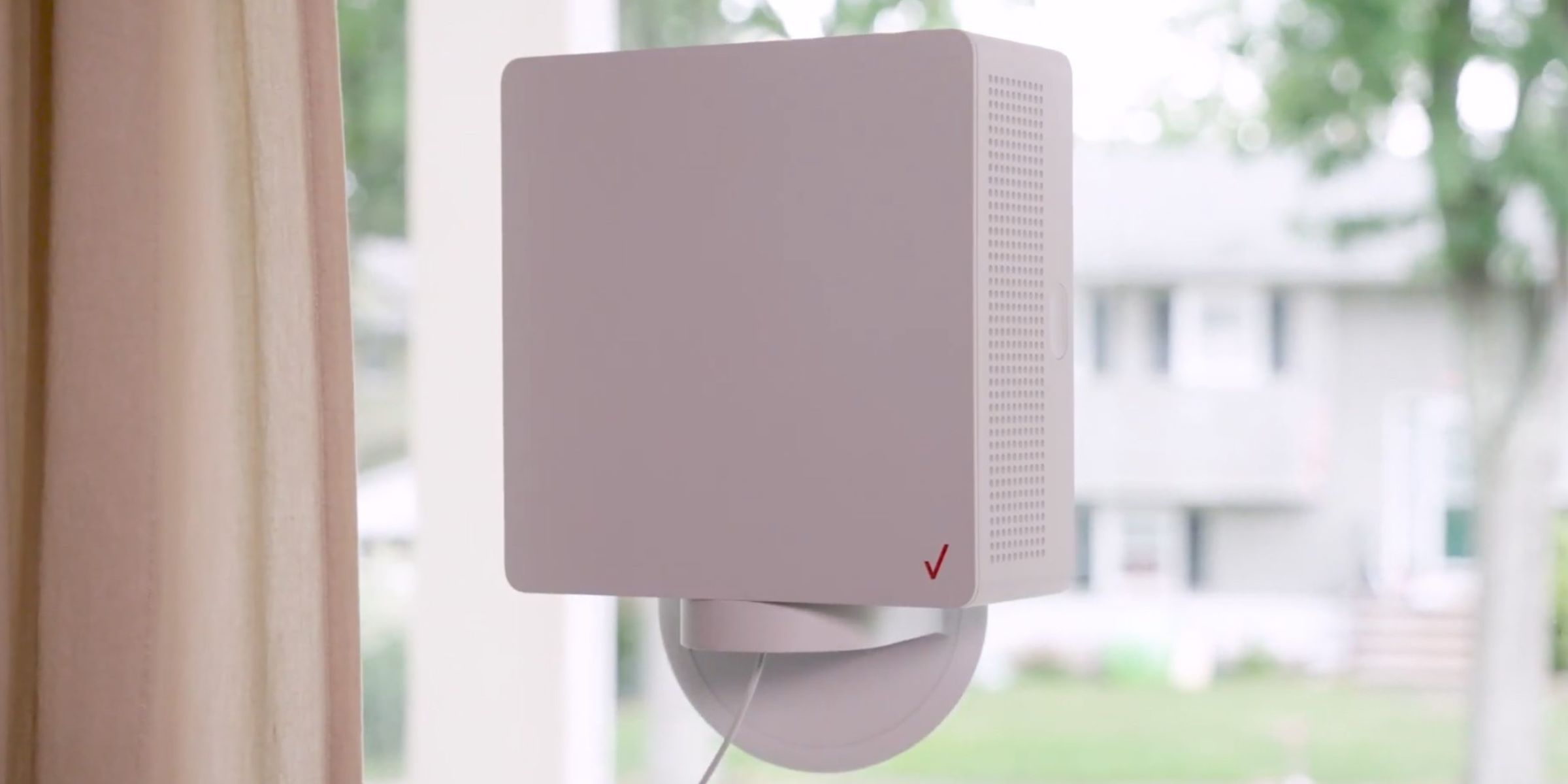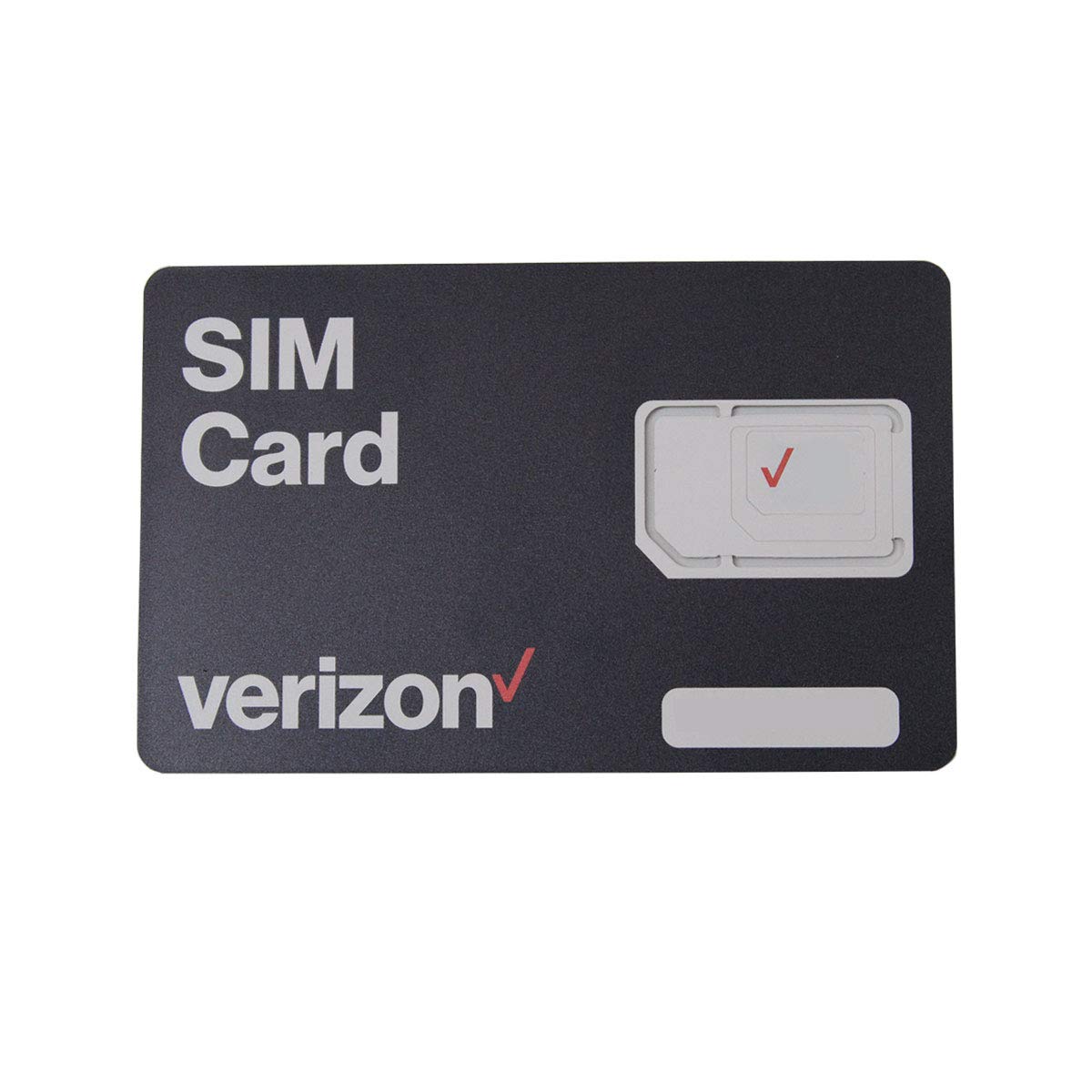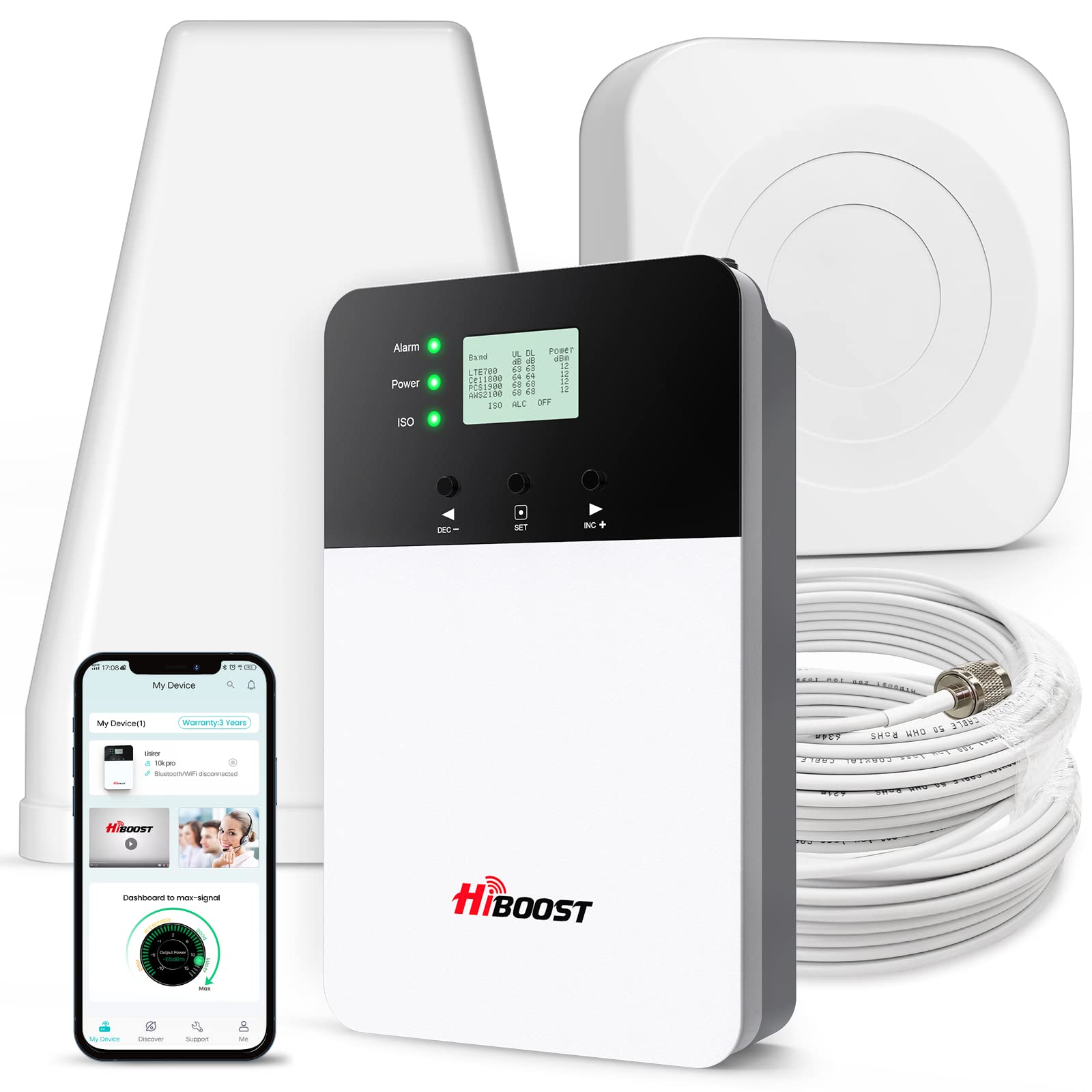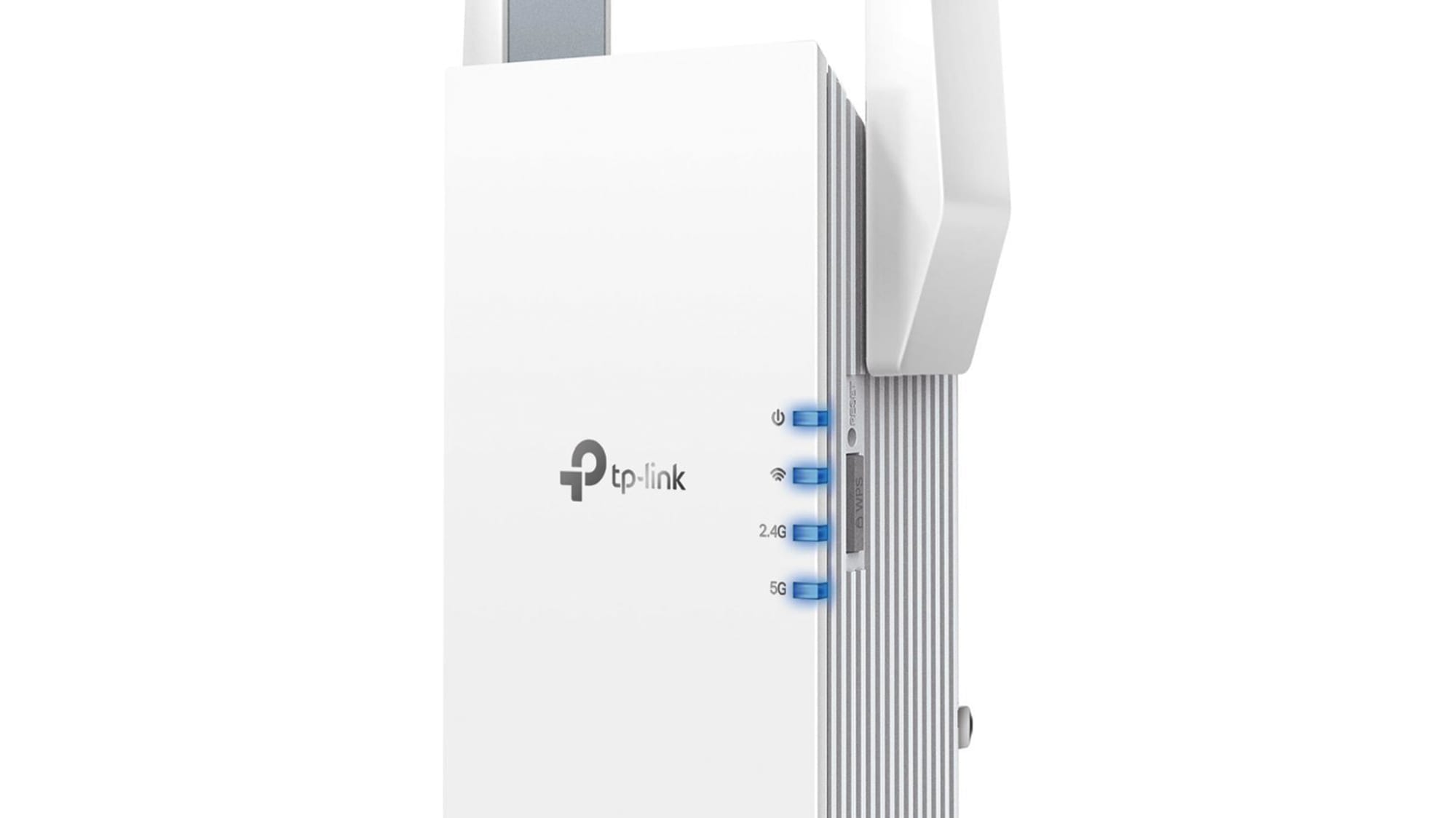Introduction
Verizon’s 5G network has been hailed as the next big thing in wireless communication, promising lightning-fast speeds and seamless connectivity. However, for some users, the experience may not live up to expectations. There are several factors that can contribute to Verizon 5G not working properly. In this article, we will explore some of the common reasons why Verizon 5G may fail to deliver the expected performance.
It’s important to note that while Verizon has made significant investments to expand and improve its 5G network, not all areas may have robust coverage. Additionally, individual devices and environmental factors can also play a role in the performance of 5G connections. By understanding these factors, users can troubleshoot and potentially resolve issues they may encounter when using Verizon 5G.
In the following sections, we will delve into the various reasons why Verizon 5G may not work as anticipated. From infrastructure limitations to device compatibility and network congestion, each factor has its own impact on the performance of 5G connections. By identifying these aspects, users can make informed decisions and take appropriate actions to optimize their Verizon 5G experience.
Lack of Infrastructure
One of the main reasons why Verizon 5G may not work as expected is the lack of infrastructure in certain areas. While Verizon has been expanding its 5G network, the rollout process takes time, and not all regions may have access to reliable 5G coverage. This is particularly true in rural or remote areas where building the necessary infrastructure can be challenging and costly.
The installation of 5G infrastructure requires the deployment of small cell antennas and fiber-optic cables, which serve as the backbone for transmitting the high-frequency signals that power 5G connections. If the necessary infrastructure is not in place, users in those areas may experience spotty or no 5G coverage at all.
Furthermore, even in areas where 5G infrastructure exists, Verizon’s coverage may not be consistent across all locations. This inconsistency may be due to limitations in the range of the small cell antennas, obstructed signals caused by buildings or geographic features, or other interference issues. As a result, users may find that their 5G connection works well in certain parts of their city, but encounters issues in other areas.
To address this issue, Verizon continues to invest in expanding its 5G infrastructure, working closely with local authorities and communities to bring reliable coverage to more regions. However, it’s important for users to check Verizon’s coverage maps or consult with customer service to understand the availability of 5G in their specific area before expecting seamless connectivity.
Limited Coverage Areas
Another factor that can contribute to Verizon 5G not working properly is limited coverage areas. While Verizon has been expanding its 5G network, it may still be limited to select cities or densely populated areas. This means that users outside of these coverage areas may not have access to the full benefits of 5G connectivity.
Verizon’s 5G network operates on different frequency bands, including low-band, mid-band, and high-band. While low-band frequencies have a wider coverage area, they may not deliver the same blazing-fast speeds as mid-band or high-band frequencies. On the other hand, mid-band and high-band frequencies can provide faster speeds and lower latency but have a more limited coverage area.
It’s important to note that the limitations in coverage can also be influenced by the availability and distribution of 5G-compatible devices. If a user’s device does not support the specific frequency bands used by Verizon’s 5G network or does not have 5G capabilities at all, they won’t be able to access 5G even in areas with coverage.
To overcome this limitation, Verizon continues to expand its coverage footprint, working towards providing 5G access to more cities and regions. Additionally, as more devices become 5G-compatible, users will have a wider range of options to fully utilize Verizon’s 5G network. It’s recommended for users to check Verizon’s coverage maps or consult with customer service to understand the availability of 5G in their specific area and ensure their device is compatible with the network.
Interference from Buildings and Obstacles
An often overlooked factor that can affect the performance of Verizon 5G is interference from buildings and obstacles. While high-frequency 5G signals have the potential for faster speeds and lower latency, they are more susceptible to interference compared to lower-frequency signals used in previous generations of wireless technology.
Buildings, trees, and other physical objects can obstruct and weaken 5G signals. When the signals encounter obstacles, they may be reflected, absorbed, or scattered, resulting in decreased signal strength and potentially disrupted connectivity. This can lead to inconsistencies or slower speeds in areas with dense urban environments or where buildings and structures obstruct the direct line of sight between the user’s device and the 5G cell site.
Advanced technologies like beamforming, which allows signals to be directed towards specific devices, can mitigate some of the interference challenges. However, obstructions and interference can still impact the overall performance of Verizon 5G connections in certain situations.
It is important for users to be mindful of their surroundings and understand that the performance of their 5G connection can be influenced by environmental factors. If possible, positioning your device near windows or in open areas where direct line of sight with the nearest 5G cell site is not obstructed by buildings or obstacles can help improve your 5G experience. Additionally, Verizon continues to invest in improving its infrastructure and implementing new technologies to minimize the impact of interference and enhance the reliability of 5G connections.
Incompatible Devices
One of the reasons why Verizon 5G may not work as expected is the use of incompatible devices. Not all smartphones or devices are capable of connecting to Verizon’s 5G network, and even those that do support 5G may not be compatible with the specific frequency bands used by Verizon.
To access Verizon’s 5G network, users need to have a device that supports 5G connectivity and is compatible with the frequency bands deployed by Verizon in their area. Older devices or devices designed for other carriers may not have the necessary hardware or software capabilities to connect to Verizon’s 5G network.
It’s important for users to ensure that their device is listed as compatible with Verizon’s 5G network and supports the specific frequency bands used by Verizon in their area. Verizon provides a list of supported devices on their website, and users can also check with their device manufacturer or contact Verizon’s customer support for more information.
If you have a compatible device but still experience connectivity issues, it’s also worth checking for any software updates for your device. Sometimes, outdated software or firmware can cause compatibility issues with the network. Updating your device to the latest software version can help ensure optimal performance and compatibility with Verizon’s 5G network.
As 5G technology continues to evolve, more devices will become compatible with Verizon’s network. However, it’s important for users to do their due diligence and ensure that their device is compatible and up to date to fully enjoy the benefits of Verizon’s 5G network.
Frequency Limitations
An important factor to consider when experiencing issues with Verizon 5G is the frequency limitations of the network. Verizon operates its 5G network on different frequency bands, each with its own advantages and limitations.
Verizon utilizes low-band, mid-band, and high-band frequencies for its 5G network. Low-band frequencies have a larger coverage area, ensuring a more consistent connection, but they may not provide the same ultra-fast speeds as the higher frequency bands. On the other hand, mid-band frequencies offer a good balance between coverage and speed, while high-band frequencies deliver the fastest speeds but have a more limited coverage area.
Depending on the specific frequency band being utilized in a given area, users may experience different levels of performance and coverage. For example, while low-band 5G may be available in a wide area, it may not offer the same download and upload speeds as mid-band or high-band 5G.
When using Verizon 5G, it’s important to be aware of the limitations of the specific frequency band being used in your area. This can help manage expectations and understand the trade-offs between coverage and speed.
Additionally, not all devices on Verizon’s network support all frequency bands. Some older or budget devices may only support low-band 5G, while newer flagship devices may be capable of connecting to mid-band or high-band 5G. It’s crucial to check the device specifications and confirm its compatibility with the intended frequency bands being deployed by Verizon in your area.
By understanding the frequency limitations and ensuring device compatibility, users can optimize their Verizon 5G experience and make informed decisions about the expected performance and coverage in their specific location.
Network Congestion
Network congestion can also play a role in impacting the performance of Verizon 5G. Just like any other wireless network, when there are too many devices connected to a particular cell site or tower, the overall network performance can be affected. This is especially true during peak usage times when many users are simultaneously accessing the network.
During periods of high demand, such as in densely populated areas or crowded events, the available bandwidth can be spread thin, resulting in slower speeds and potential disruptions in service. As more users connect to Verizon’s 5G network, the increased demand can strain the network infrastructure and impact the overall experience for each individual user.
Verizon continuously works to improve network capacity and mitigate network congestion by investing in upgrades and expanding its infrastructure. However, it’s important to note that network congestion can still occur in certain situations, leading to less-than-ideal performance for 5G connections.
To address network congestion, users can try connecting to a different cell site or tower if available. Additionally, disabling unnecessary background applications or reducing the number of connected devices can help alleviate congestion on the network. It’s important to keep in mind that network performance can vary depending on the location, time of day, and overall wireless demand in your area.
Verizon also offers various data plans and packages that provide priority access to network resources. These plans prioritize users during times of congestion, ensuring a more consistent and reliable connection. Users who frequently experience network congestion may consider opting for such plans to improve their 5G experience during peak usage times.
Overall, while network congestion is an unavoidable challenge in today’s increasingly connected world, Verizon continues to invest in infrastructure upgrades and optimization techniques to minimize its impact on the performance of their 5G network.
Environmental Factors
Environmental factors can significantly influence the performance of Verizon 5G connections. Various natural and man-made elements can introduce interference or obstruction, affecting the strength and reliability of the 5G signal.
One such environmental factor is weather conditions. For instance, heavy rain, snow, or thick fog can scatter or absorb 5G signals, leading to weaker signal strength and potentially slower speeds. While Verizon’s 5G network is designed to withstand typical weather conditions, extreme weather events may have a temporary impact on the network’s performance.
Topography and geographical features can also impact Verizon 5G connections. In areas with hilly terrain or dense foliage, the signal may encounter physical barriers that weaken the signal or cause it to drop entirely. Similarly, large bodies of water such as lakes or rivers can reflect or absorb the signal, affecting coverage and performance in nearby areas.
Additionally, equipment interference can occur when other electronic devices or wireless signals operate on similar frequency bands as 5G. These devices, such as microwave ovens, cordless phones, or wireless security cameras, can introduce unwanted electromagnetic interference that can disrupt or degrade the 5G signal.
To mitigate the impact of environmental factors, Verizon employs advanced technologies like beamforming and signal processing algorithms. These technologies help optimize signal transmission and reception, reducing the impact of obstructions and interference. However, it’s important to note that extreme weather conditions or physical obstacles may still affect the performance of Verizon’s 5G network.
Users can try positioning themselves in areas with the least physical obstructions, such as near windows or open spaces, to potentially improve signal strength and quality. If you’re experiencing persistent issues, it’s advisable to contact Verizon’s customer support for further assistance or information on any known environmental factors that may be affecting the network in your area.
Verizon continues to invest in network optimization techniques and infrastructure upgrades to minimize the impact of environmental factors on their 5G network and ensure a reliable and consistent experience for their users.
Tech Support Issues
When users experience problems with their Verizon 5G, tech support plays a crucial role in resolving these issues. However, tech support issues can arise that may hinder the quick resolution of 5G-related problems.
One common tech support issue is the lack of knowledgeable and trained staff to handle 5G-related queries. As 5G is a relatively new technology, not all customer support representatives may have the necessary expertise and understanding to address 5G-specific problems effectively. This can lead to delays in troubleshooting and finding the appropriate solutions.
Another challenge users may face is the limited availability of dedicated support channels for 5G-related concerns. While Verizon offers customer support through various channels, such as phone, email, or chat, the specific availability and access to knowledgeable 5G support may be limited. This can result in longer wait times or difficulties in reaching the right support representative who can address 5G-specific issues.
To overcome these challenges, users can follow a few steps to optimize their experience with Verizon tech support. Firstly, it’s essential to clearly articulate the specific 5G issue you’re experiencing when contacting customer support. Providing detailed information about the problem and any troubleshooting steps you’ve already attempted can help expedite the resolution process.
Secondly, utilizing online resources such as Verizon’s support website or community forums can provide additional troubleshooting guidance or answers to common 5G-related questions. Engaging with the online community can also provide insights and solutions based on the experiences of other users who may have encountered similar problems.
If you face difficulty resolving your issue through conventional customer support channels, escalations may be necessary. Request a higher-level technician or ask for your issue to be escalated to a 5G specialist who can provide more comprehensive assistance.
Verizon continually strives to improve their customer support services and provides regular training to their representatives to enhance their knowledge of 5G technology. Recognizing the importance of efficient and effective tech support, Verizon is committed to addressing these challenges and ensuring that users receive the necessary assistance to resolve their Verizon 5G issues.
Software and Firmware Concerns
Software and firmware play a critical role in the performance of Verizon 5G connections. Incompatibilities, bugs, or outdated software/firmware versions can lead to various issues, affecting the stability and functionality of the 5G network.
One common concern is with the device’s operating system. If the device is running an outdated version of the operating system, it may not be optimized for 5G connectivity or may lack crucial updates that address known issues. In such cases, updating the device’s software to the latest available version can help ensure compatibility and resolve any software-related problems.
Similarly, firmware updates for the device’s modem or radio can also impact the performance of Verizon 5G. Modem firmware updates, provided by both the device manufacturer and Verizon, can improve network compatibility, signal reception, and overall connectivity. Regularly checking for and applying firmware updates can address bugs, vulnerabilities, and enhance the functionality of the device’s 5G capabilities.
However, it’s worth noting that software and firmware concerns can also extend to Verizon’s network infrastructure. In such cases, firmware updates and optimizations on the network side are essential to ensure smooth and efficient 5G connectivity.
To address software and firmware concerns, Verizon collaborates with device manufacturers to deliver regular updates and ensure compatibility with their 5G network. Users should check for software and firmware updates regularly, as they often include fixes and improvements that can enhance the overall 5G experience.
If issues persist after updating the software and firmware, performing a factory reset on the device can sometimes resolve software-related conflicts or errors. However, it is recommended to back up important data before proceeding with a factory reset, as it will erase all personal settings and information.
Verizon continues to work closely with device manufacturers and invest in research and development to identify and address software and firmware concerns. By keeping devices up to date and maintaining a close eye on software compatibility, users can help optimize their Verizon 5G experience and minimize any potential software or firmware-related issues.
Pricing and Plan Limitations
Pricing and plan limitations can also impact the usage and satisfaction of Verizon 5G services. While the availability of 5G connections has expanded, not all data plans may include access to the 5G network. Some older or lower-tier plans may only offer 5G access as an optional add-on or limit it to specific higher-priced plans.
Users may need to upgrade their data plans or switch to a plan specifically designed for 5G to gain access to the enhanced speeds and capabilities of Verizon’s 5G network. Additionally, the pricing of these plans can vary depending on the level of service and data allowances offered.
It’s crucial for users to review the details of their current data plan to determine if 5G access is included or if any additional fees are required. Understanding the pricing and plan limitations can help manage expectations and ensure that the desired level of 5G connectivity is available without any unexpected charges.
Furthermore, some plans may have data usage limits or throttle the data speeds after exceeding a certain threshold. This can impact the overall 5G experience, particularly for users who frequently consume large amounts of data or rely heavily on bandwidth-intensive activities such as video streaming or online gaming.
By carefully considering their data needs and reviewing the available plans, users can select a 5G plan that suits their requirements and usage habits. Prioritizing unlimited data options or plans with higher data caps can help ensure a consistent and uninterrupted 5G experience.
It’s also important to note that pricing and plan options may vary based on geographical location. Users should consult with Verizon’s website or reach out to customer support for details on available plans, pricing, and any specific limitations that may apply to their area.
Verizon continuously evaluates their pricing and plan offerings to align with the evolving needs and demands of customers. It’s recommended that users periodically review their options to ensure they are on a plan that provides optimal value and access to Verizon’s 5G network.
Conclusion
Verizon’s 5G network holds great promise for blazing-fast speeds and seamless connectivity. However, there are several factors that can contribute to Verizon 5G not working as expected. These factors include the lack of infrastructure, limited coverage areas, interference from buildings and obstacles, incompatible devices, frequency limitations, network congestion, environmental factors, tech support issues, software and firmware concerns, and pricing and plan limitations.
It’s important for users to understand these factors and how they can impact their Verizon 5G experience. Checking Verizon’s coverage maps, ensuring device compatibility, and being aware of environmental and network congestion factors can help manage expectations and optimize connection quality.
Additionally, staying up to date with software and firmware updates, following troubleshooting guidelines, and reaching out to tech support when needed can aid in resolving any issues encountered while using Verizon 5G.
Verizon continues to invest in infrastructure, expand coverage areas, and enhance network optimization techniques to deliver a reliable and consistent 5G experience. It’s crucial for users to regularly check for updates and take advantage of the latest technological advancements for seamless connectivity.
In conclusion, while there may be challenges and limitations that can impact the performance of Verizon 5G, understanding these factors and taking appropriate actions can help users make the most of their 5G connectivity, unlocking the full potential of this next-generation technology.







